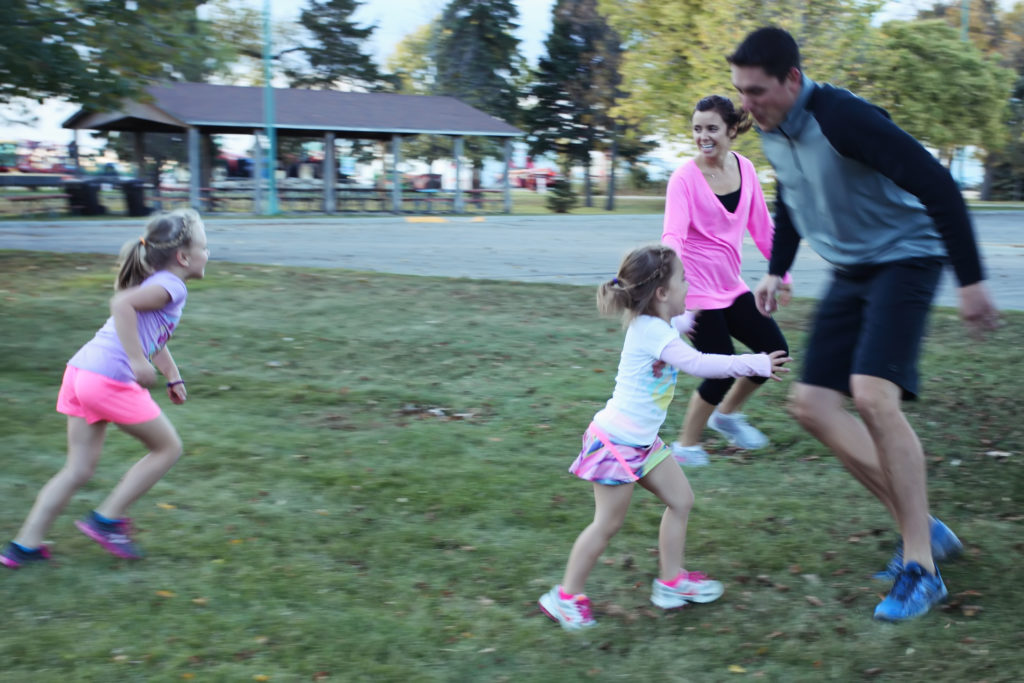Dangerism – Belief systems or ideologies in which some activities are considered dangerous based on cultural histories, taboos and traditions rather than science, statistics or concrete evidence.
“Have you ever licked a 9-volt battery?”
This is the question Gever Tulley uses to gauge the risk aversion of crowds.
As it turns out, a good many people haven’t and their reasons for never having done so include fears of “death by electrocution,” “burn your tongue off” and “permanent loss of sense of taste.”
The Centers for Disease Control tracks household accidents across the US and, according to their latest data, there has never been a reported incident related to licking a 9-volt battery.
I just read an essay by Tulley called Dangerism. The premise? As Tulley put it, “The trouble is that for a range of psychological reasons, we tend to worry about the wrong things. It’s making us unnecessarily fearful far too much of the time, and it’s risking the possibility that we raise the next generation of kids unequipped to deal with the real world.
Gever Tulley is the co-founder of The Tinkering School, which gives kids everything from screwdrivers to power tools and encourages them to build and destroy as they see fit. They’re under guidance, and the idea is that kids can, and should, build just about anything and that by doing so they will learn almost anything. Since opening in 2005, the tinkerer kids have built everything from a roller coaster with 120 feet of track to a rope ladder woven from recycled garbage bags that was strong enough to support the entire class. Oh, and the worst injury they’ve ever had required nothing more than a band-aid.
He and his wife wrote Fifty Dangerous Things (you should let your children do), and maintain a blog by the same name.
Fifty Things contains a list of what to many people would seem like innocuous activities; the things that every kid just does naturally. Throw a rock. Hold your hand out of a car window to feel what the wind does to it. Climb a tree.
The interesting thing is that a lot of parents who are sharing the book with their kids are shocked that their children have never actually done these things and are sometimes hesitant to try.
Tulley traces this sort of thing out to it’s eventual conclusion: Sheltered kids becoming adults who are incapable of doing anything without supervision. In fact, human resource professionals have reported an alarming recent trend: parents accompanying their kids to job interviews. Not just driving them there, but actually participating in the interview. Businesses attending college job fairs also report an increase in parents filling out job applications for their grown children.
A few of my friends from the military and I have talked about this sort of thing before. Most of us grew up in households in which self-reliance was encouraged. We had all taken this for granted until we got to the “real world” and realized that the Star War’s Bar Scene of goofballs we met our first day of boot camp included people who were incapable of doing their own laundry, cooking for themselves or paying their own bills.
Tulley’s essay (you can get it here) talks about several reasons behind the epidemic of dangerism.
The litiginous, frivolous lawsuit-loving nature of American society is a prime culprit. I remember playing on a merry-go-round as a kid, and I remember falling off it repeatedly when we tried various ways to see who could spin it the fastest. Today, merry-go-rounds are almost unseen on school playgrounds and if you Google “merry go round safety” one of the first hits is a law firm, complete with an easy to send form to help you file your own lawsuit.
There are psychological reasons behind dangerism as well. A researcher found that people are willing to accept roughly one thousand times more risk in a voluntary activity than in an involuntary one.
Consider this list of the top five things parents fear happening to their kids:
1 – Kidnapping
2 – School Shootings
3 – Terrorists
4 – Dangerous Strangers
5 – Drugs
With the exception of drugs, these are all involuntary things.
Now, the top five things that are actually hurting and killing children:
1 – Cars
2 – Homicide (almost two-thirds of the time by a parent)
3 – Abuse (almost two-thirds of the time by a family member)
4 – Suicide
5 – Drowning
According to Tulley, “Children who regularly walk to school show higher levels of situational awareness than children who are driven to school; they also tend to be better assessors of the threat posed by strangers and are more able to identify a responsible adult when help is needed… We shouldn’t prevent these minor nicks and cuts by never giving a kid a pocketknife, we should reduce the risk of injury by giving them the knife and some simple guidelines to follow. Like learning to tie your shoes or dress yourself, learning to be responsible is one of the things kids are supposed to do while they are kids.
Tulley’s book and essay are about kids, but I think this concept can be applied to people of any age. If you never experience risk, you never really learn how things work. If you limit yourself because of fear, you’re depriving yourself of a splendor of life experience and most of that fear would prove unwarranted if you actually tested it.
The next time you have an opportunity to take a trip somewhere you’ve never been to country with a language you don’t speak, try a sport with what seems like a high chance of injury or anything else that you may hesitate to undertake out of fear of the unknown, mentally tag the potential risks as the price of living and do it anyway.

